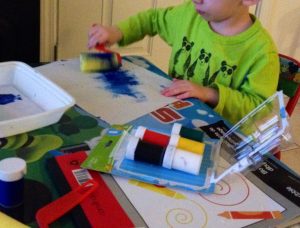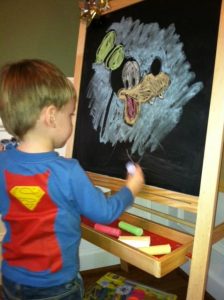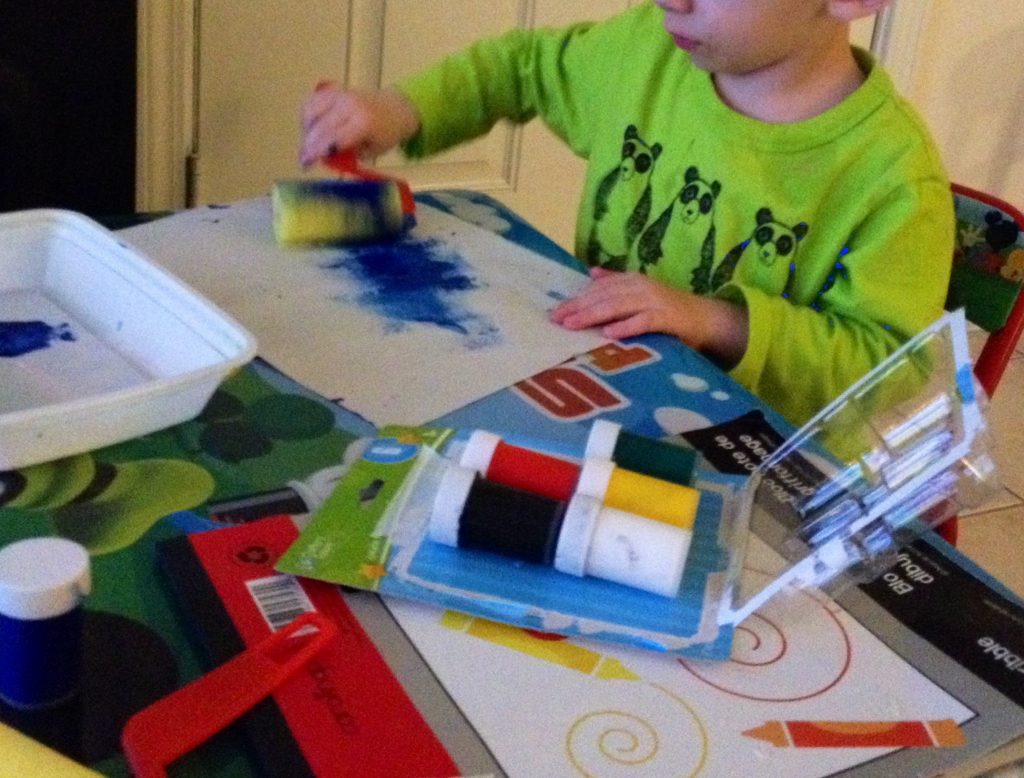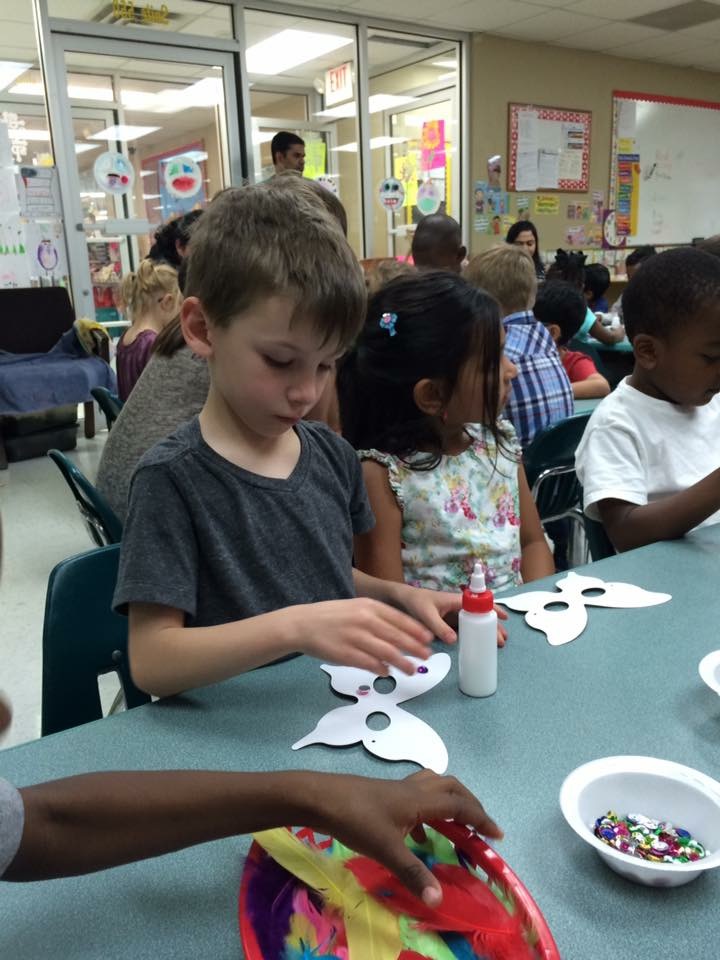With schools under pressure to increase scores and decrease budget requests, the arts are being eliminated. Art, music, movement, and theater are just as important to a student’s development as having a solid core subject foundation.
The arts provide a release of the creative juices imbedded in our students. In 2010, HR 275 designated the second week of September as “Arts in Education Week.” Every school needs to use this week to display the artistic talents of students.
In the small child, motor skills are developed through art and music. These skills build the dexterity needed for writing. Language development and creativity evolve from activities that involve movement, song, and artwork. Through art education, problem-solving and critical thinking skills originate. Students do not fear experimenting and trying new ideas. With visual arts such as sculpting or beading, spatial relationships are developed.

Studies from the Americans for the Arts state that young people who participate in the arts on a regular schedule have academic success, take part in science fairs, and compete and win writing contests more than children who have limited participation in the arts.
Participation in the arts is a key component throughout all academic areas. It reduces student dropout rates, raises student attendance, develops a love for learning, and enhances self-esteem.
With school budget cuts and the focus on test scores, many are cutting back on programs; therefore, decreasing the number of salaried teachers needed. Schools will have to resort to finding other methods to fund the arts.
STEM verses STEAM is today’s battle. STEM stands for science, technology, engineering and math. STEAM stands for the same with the addition of art. The 21st century work environment requires skills from STEM that include problem solving, critical thinking, creativity, communication, and collaboration to name a few. The arts are added (STEAM) because STEM projects naturally involve productive design. Art provides diverse opportunities for expression and communication. Adding STEAM to STEM motivates students to solving today’s problems and creating solutions for tomorrow’s problems.

Let’s educate the whole child and make them fully literate. A well-rounded curriculum makes for well-rounded students. Demand that the arts continue in our schools so all children receive a balanced education, go beyond printed text, demonstrate creativity and develop a sense of wonder.



